No Results Found
The page you requested could not be found. Try refining your search, or use the navigation above to locate the post.
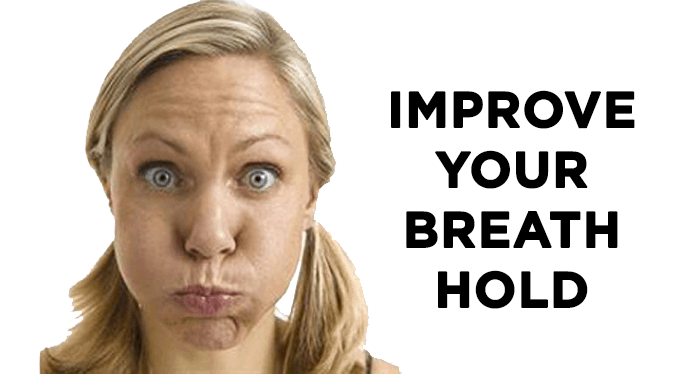

We all love surfing and pushing ourselves to get bigger, better & gnarly waves. Progressing and improving are all part of the game. So inevitably you’re going to want to feel comfortable in some of those bigger condition hold downs and knowing you can hold your breath for over a minute or 3 is a good way to start
While there is no way to increase your lung size, there are many ways to increase the amount of air your lungs take
Any excess body fat or unused muscle will reduce your body’s efficiency in using oxygen, so to help keep it efficient make sure you’re in great shape and lighten the load.
Quitting will considerably increase your lungs’ ability to release carbon dioxide and absorb oxygen.
Eating well is critical to improving your breath hold making your body as efficient at transporting oxygen and conserving energy. Fruits vegetable proteins, vitamins and seeds can all help improve blood flow and the efficiency of oxygen transfer.
Before practising your breath hold – Breath, inhale and exhale slowly from deep within your diaphragm. By doing this, you will start to slow down your heart rate and help your lungs get rid of low-quality air try to breathe for 5 seconds in 5 seconds out trying to push every last drop of air out doing this for 2 minutes will help maximize the efficiency of your lungs and increase your lung capacity do this for two minutes, and be sure that when you exhale, you push out every last “drop” of air.
Before you hold your breath push every last bit of air out then take 7 short breath until your lungs are filled 80-85% so that you still have room to relax. Always do this with a partner as it’s possible to lose consciousness without warning.6
Splash cold water on your face. It has been observed that putting a person’s face in contact with cold water triggers bradycardia, or the slowing of the heart rate, which is the first phase of the mammalian diving reflex.
Whilst holding your breath Relax every muscle in your body. Try to relaxed your body and think about something else other than holding your breath. Totally relaxed thoughts almost getting to a Meditative state. This intern will lower your heart rate helping your body consume less oxygen by mentally focusing on slowing your heart beat, it is possible to lower your heart rate significantly and increase the time you are able to hold your breath for. Concentrate this distraction technique will help when held underwater and teach you to relax whilst you’re being held down.8
Exhale slowly. When you can’t hold your breath anymore, try to avoid exhaling all the air in your lungs in a mad rush. First, exhale about 20% of your air, then inhale again so that oxygen gets to your most critical areas faster. Then you can exhale and inhale completely.
Repeat these steps 3-4 times per session. It is not recommended to do this anymore, as it could damage your lungs and body. Try one session in the morning and one session at night if you wish. Keep practising and before you know it, you will be able to hold your breath for several minutes.
Another great surf specific way to train your breathe hold is to hold your breathe for as long as you can then when you exhale breath out slowly talking another full breath in and repeating the breath hold minimizing the time you have to get extra breath just like being held down on a few waves in a row you might not be able to get a clean breath and have to survive on very little
When you’re practising holding your breath, please do it in a safe, controlled environment under professional supervision.
The page you requested could not be found. Try refining your search, or use the navigation above to locate the post.
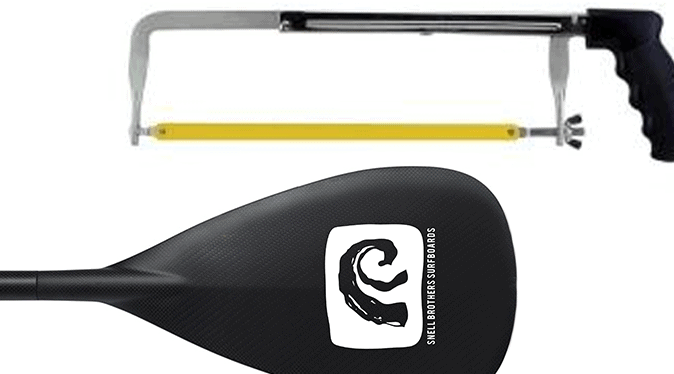
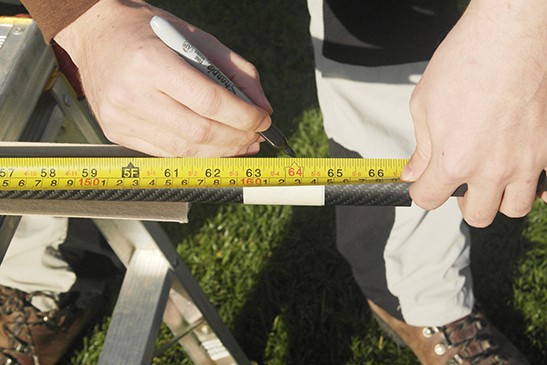
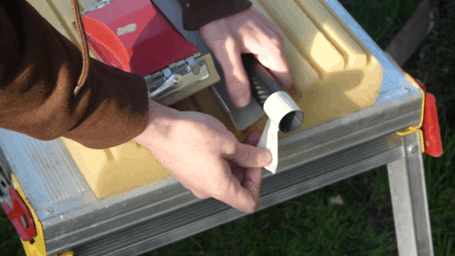

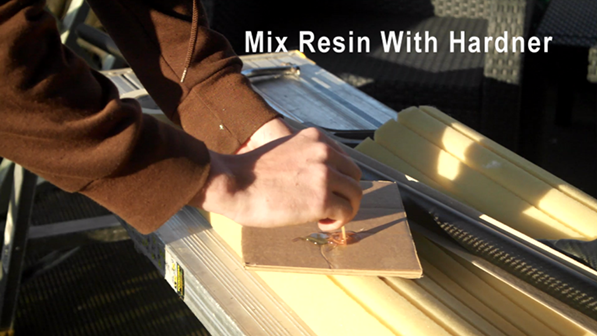
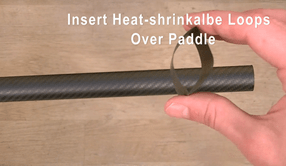
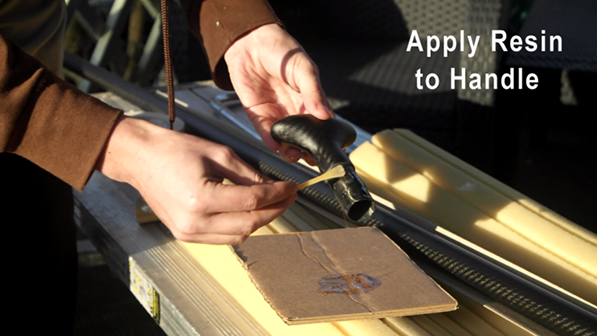
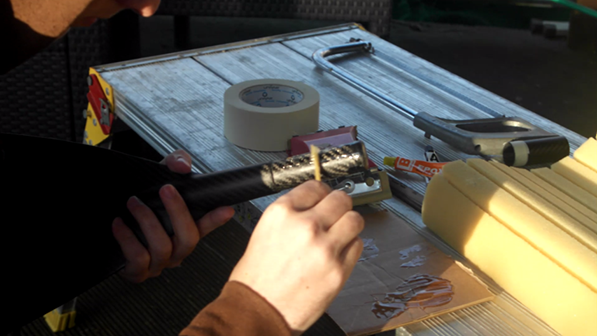
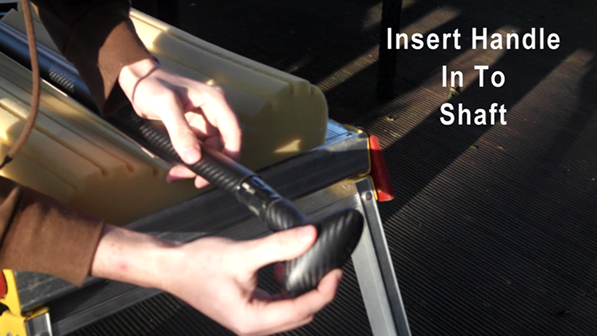
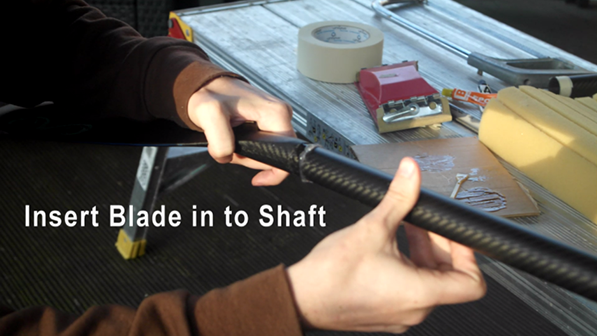
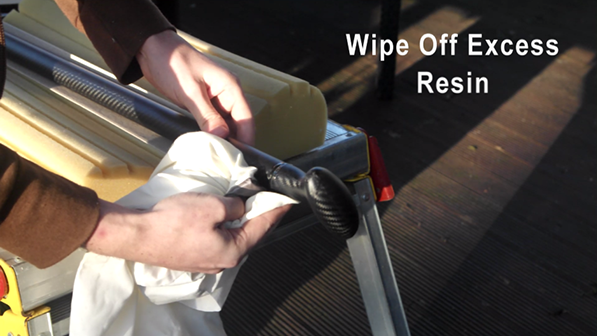
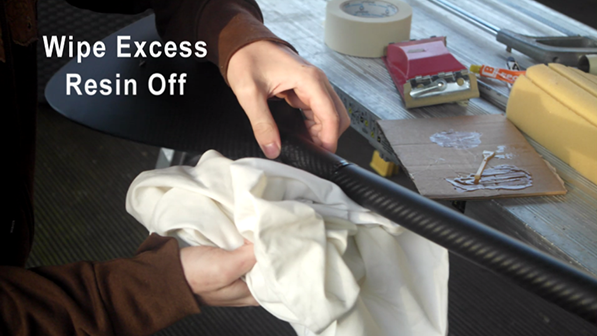
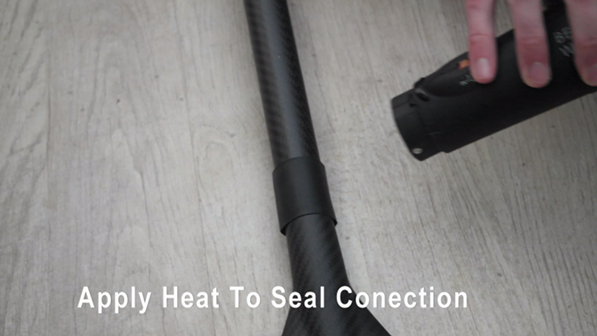
The page you requested could not be found. Try refining your search, or use the navigation above to locate the post.
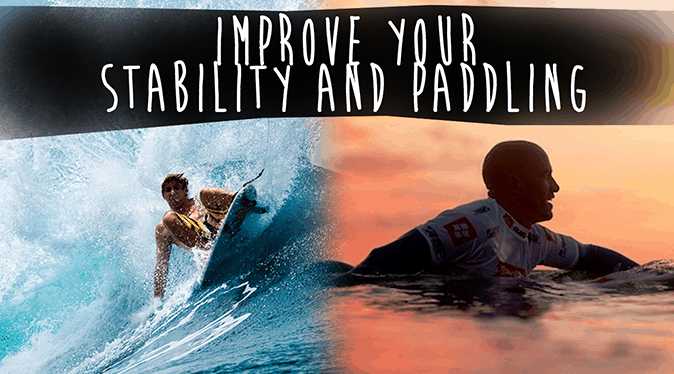

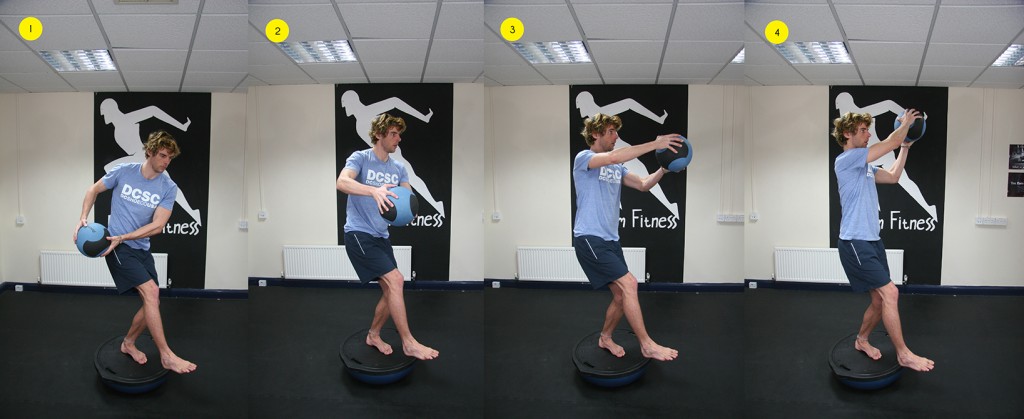



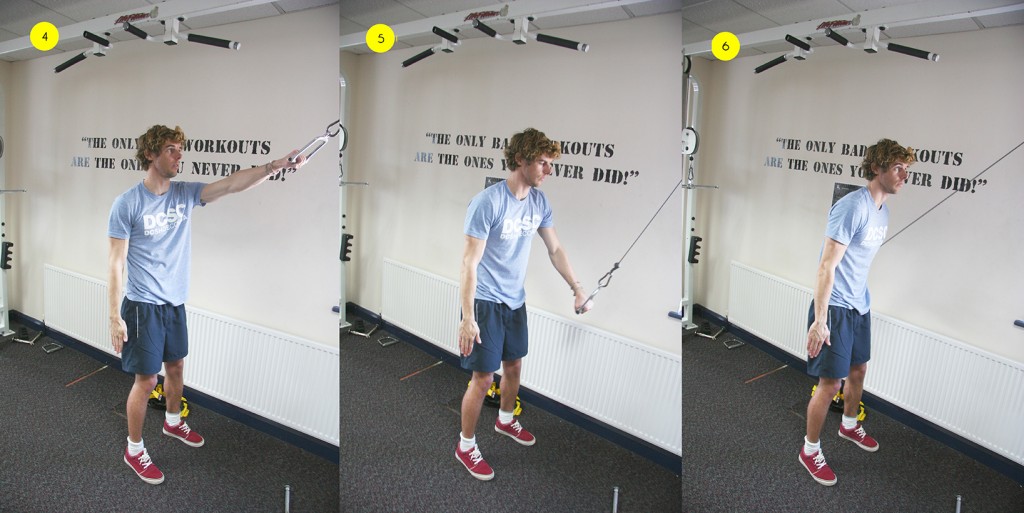
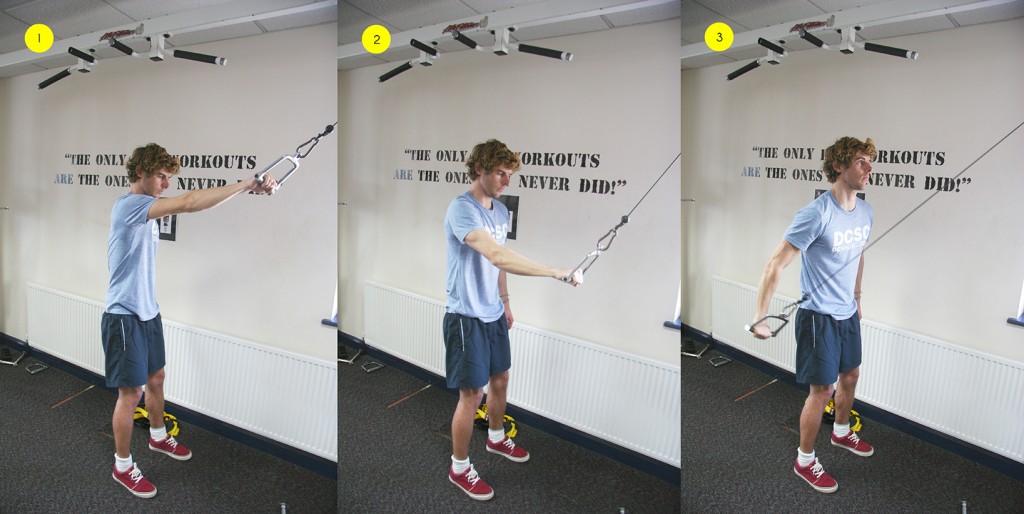


Disclaimer: The information found within this site is for general information only and should not be treated as a substitute for medical advice from your own doctor or any other health care professional. SBSboards.com is not responsible or liable for any diagnosis made by a user based on the information shown within this website. Always consult your own GP if you’re in any way concerned about your health.
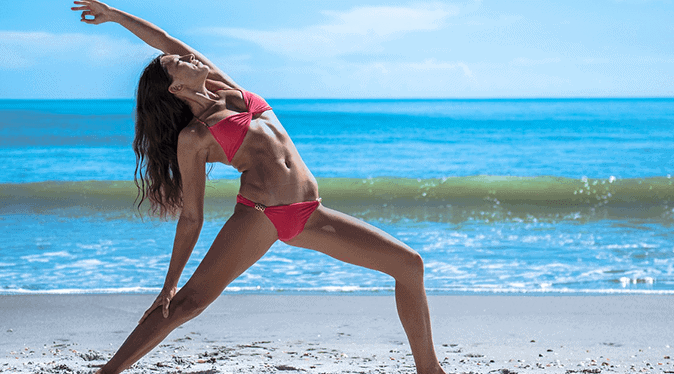
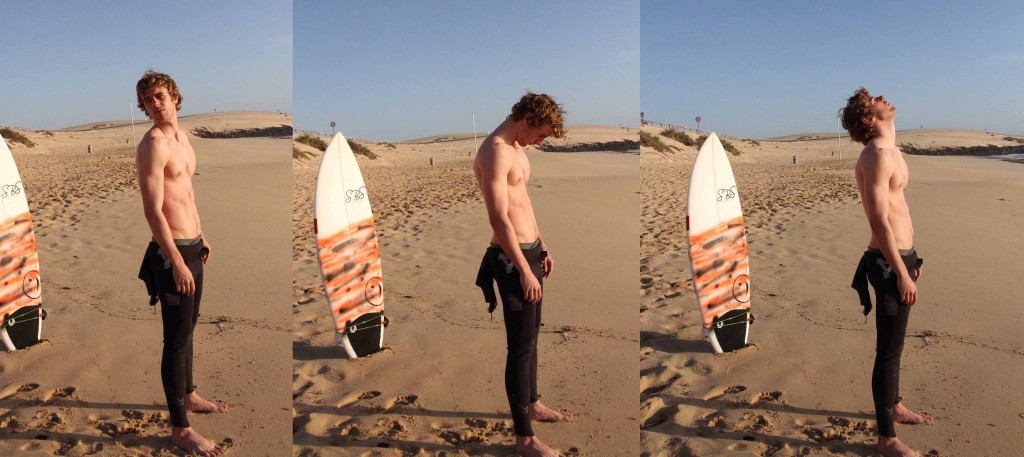
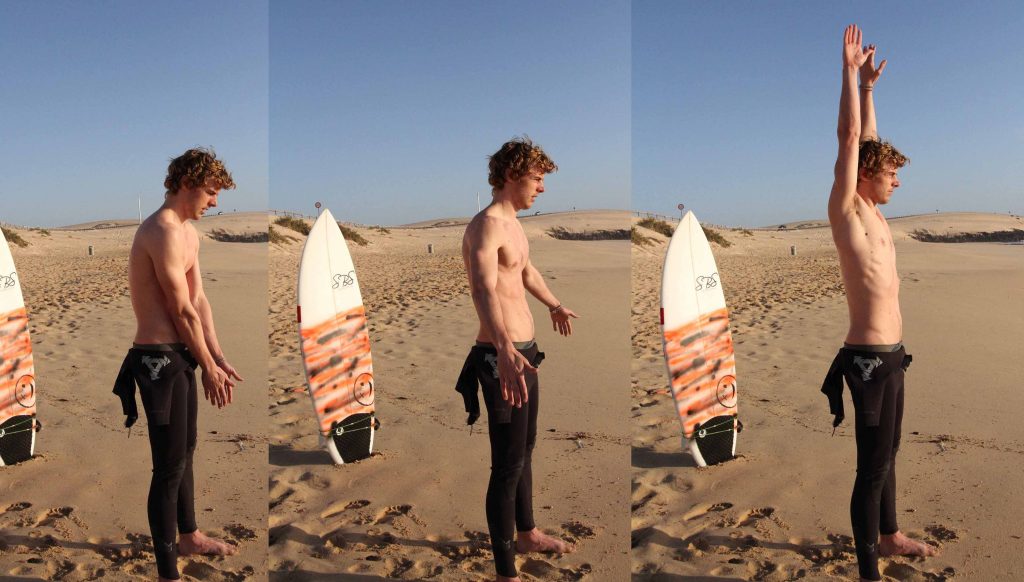
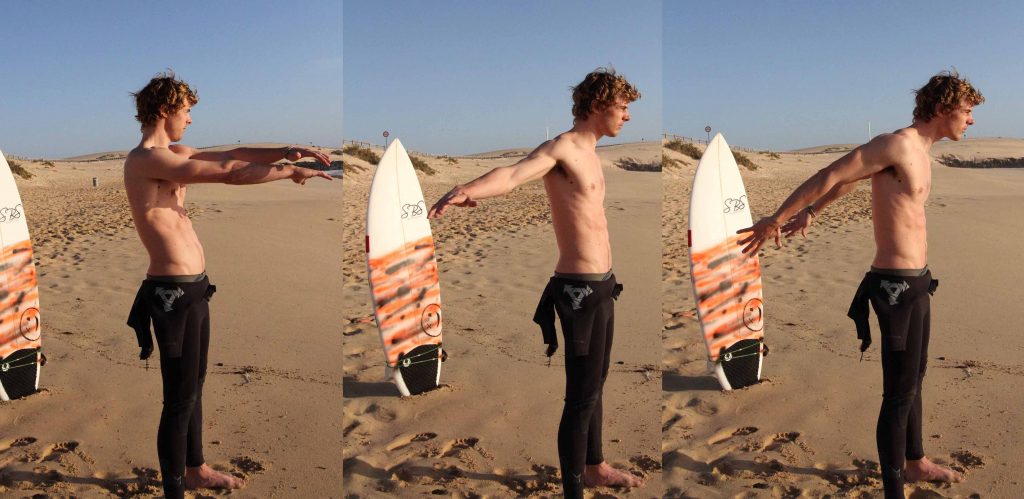
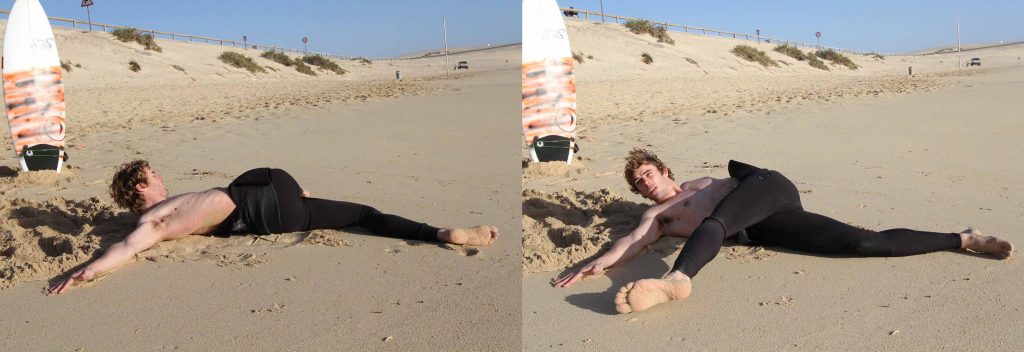
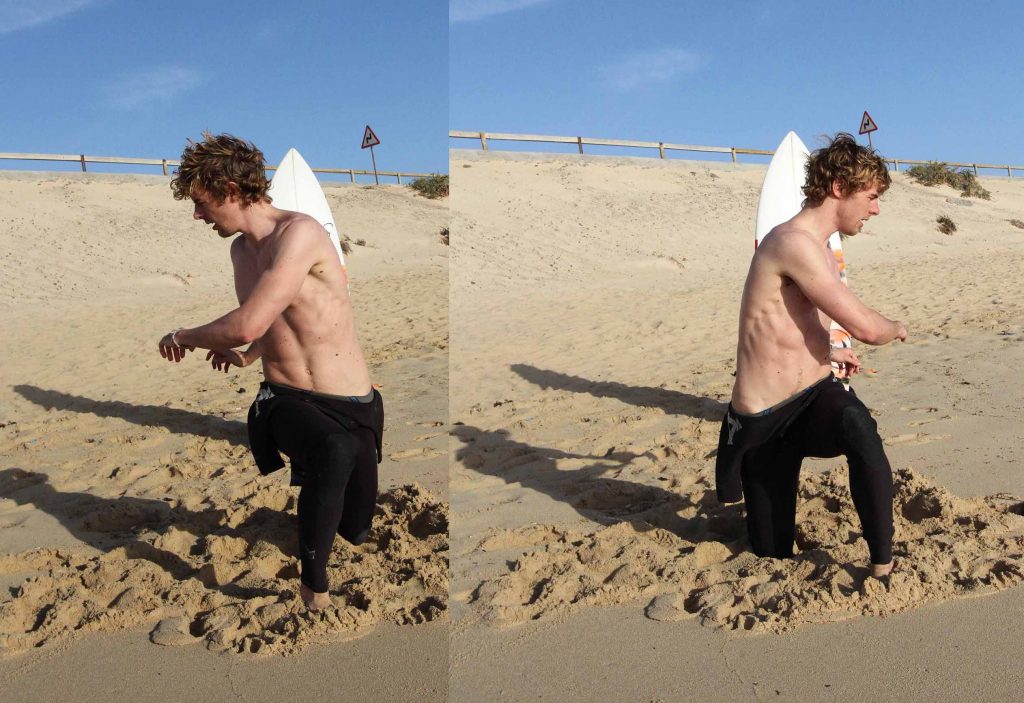
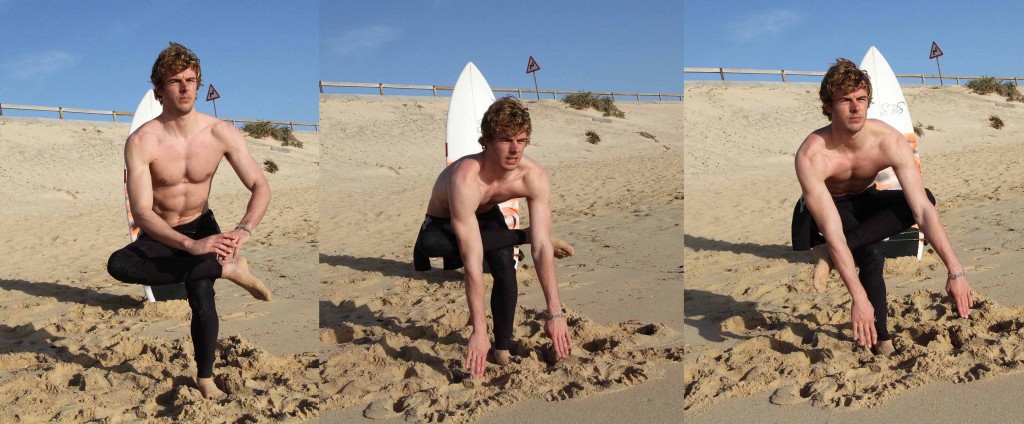
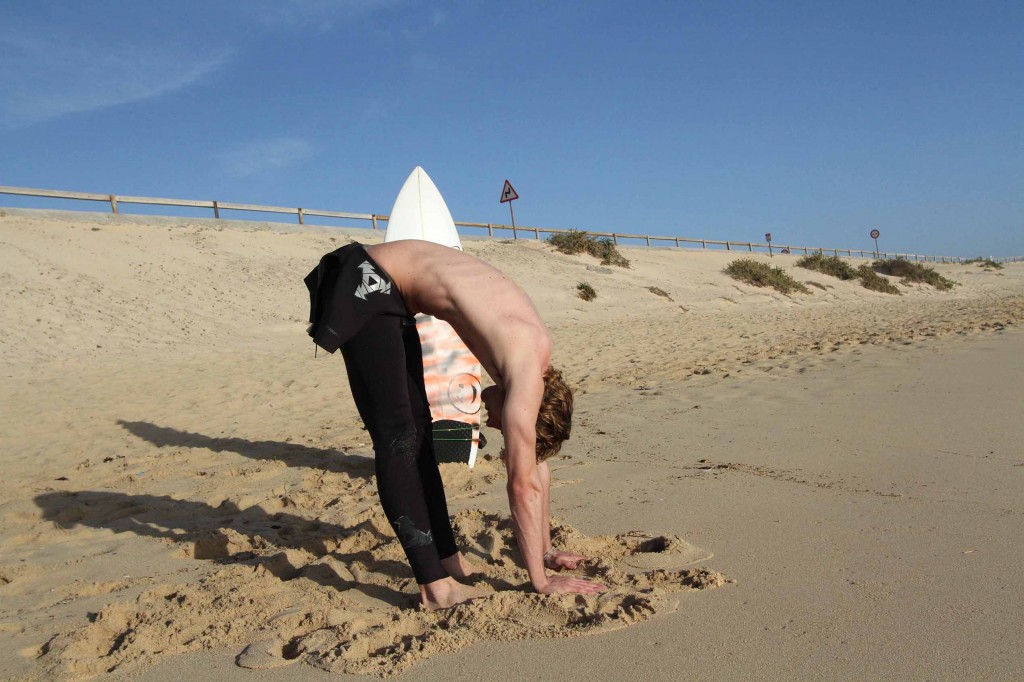
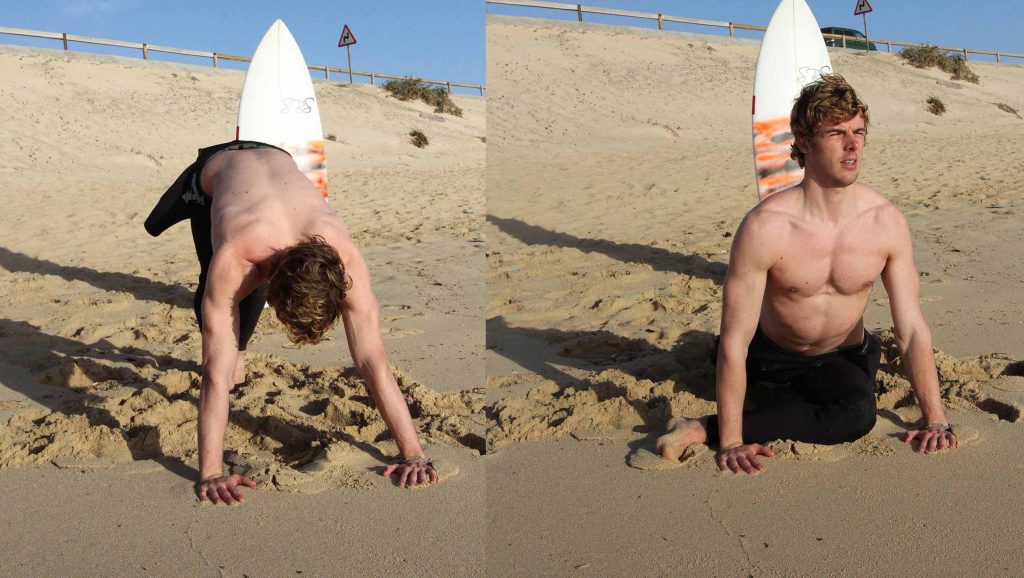

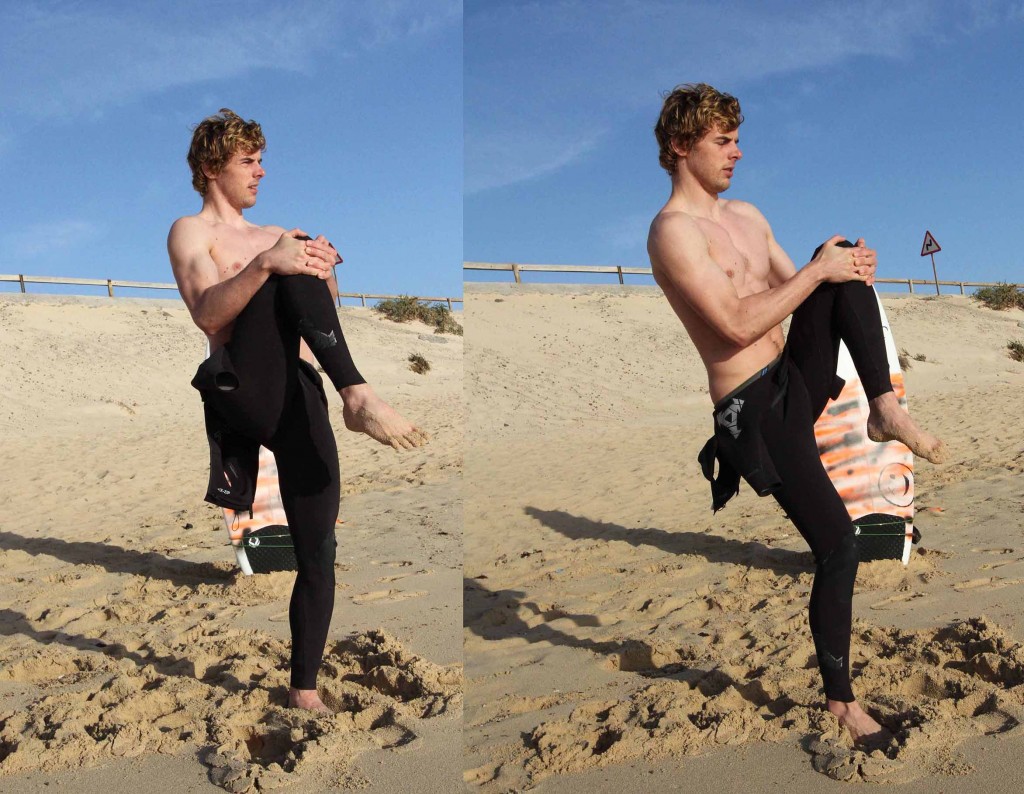
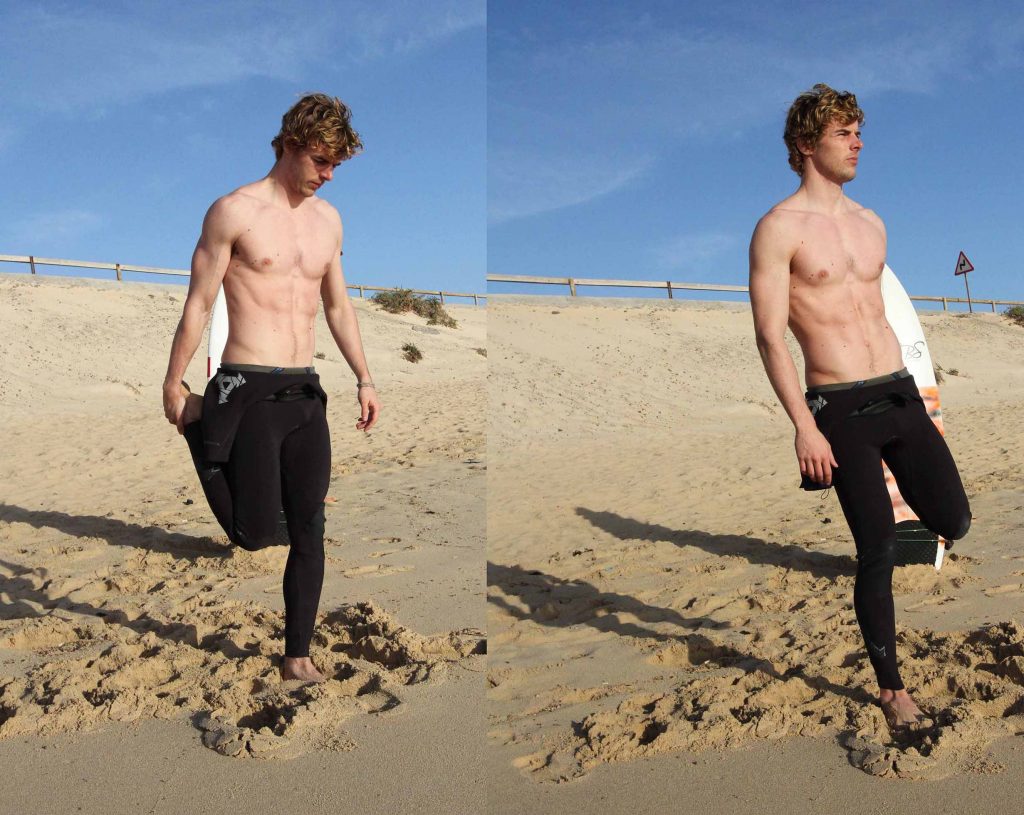
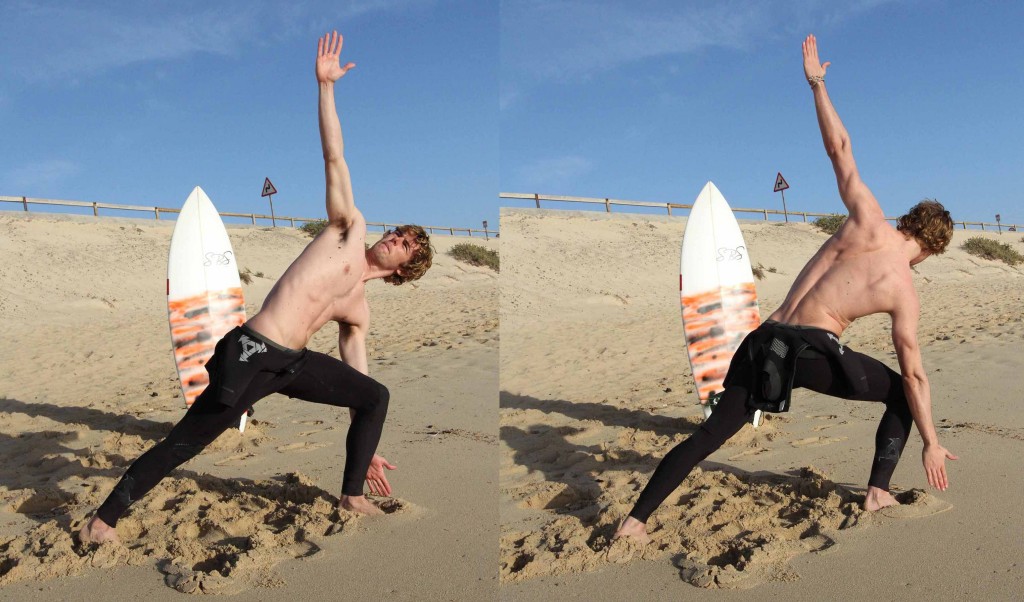
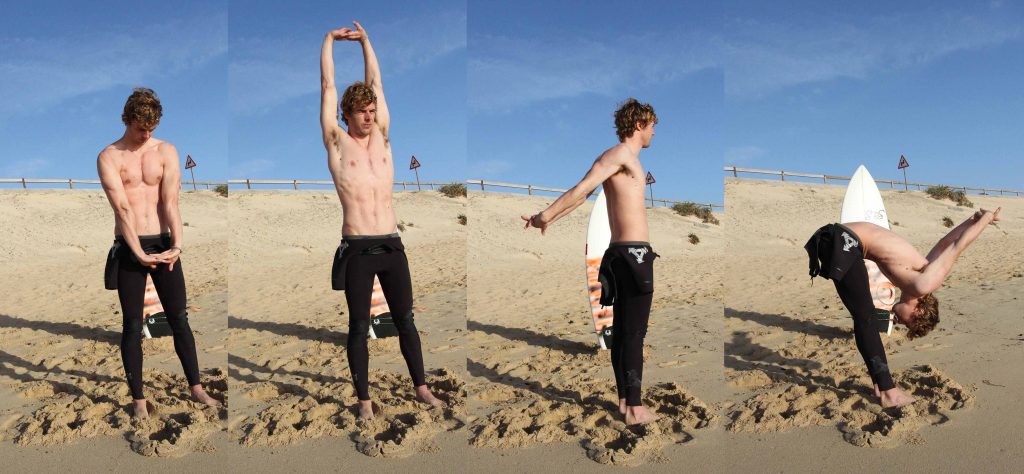
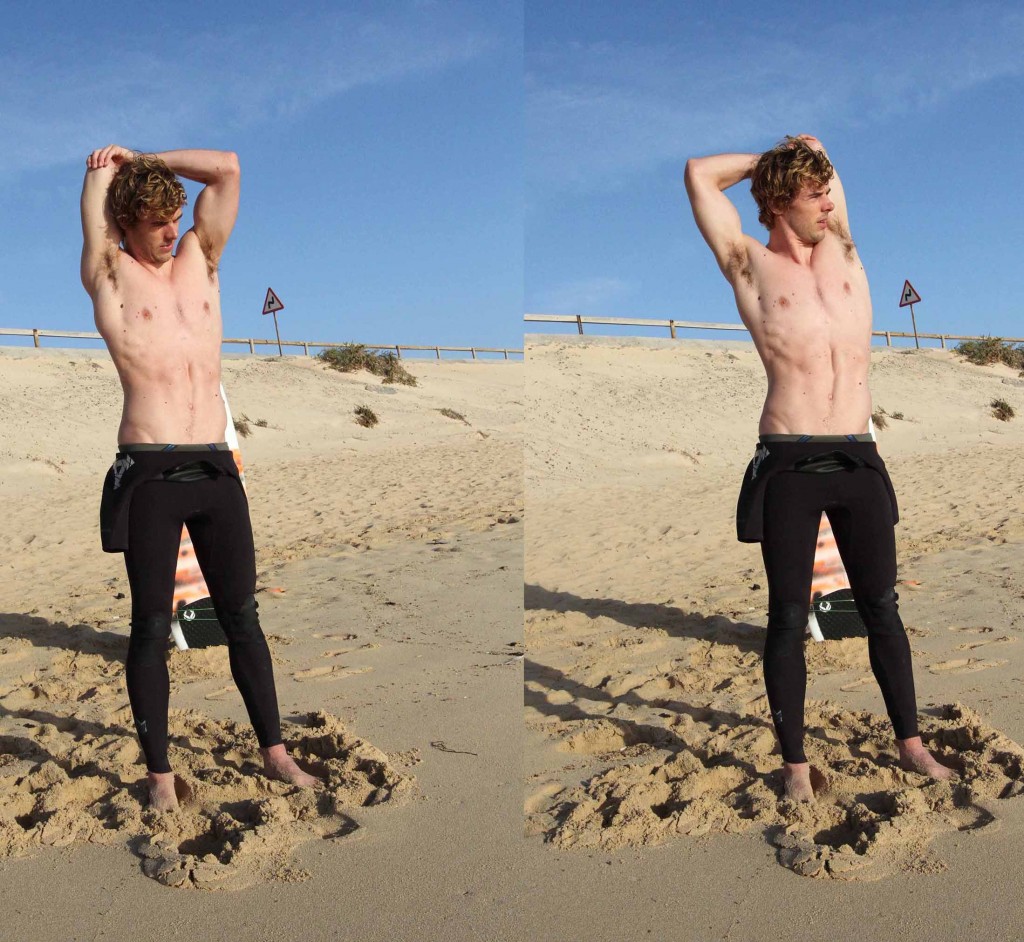
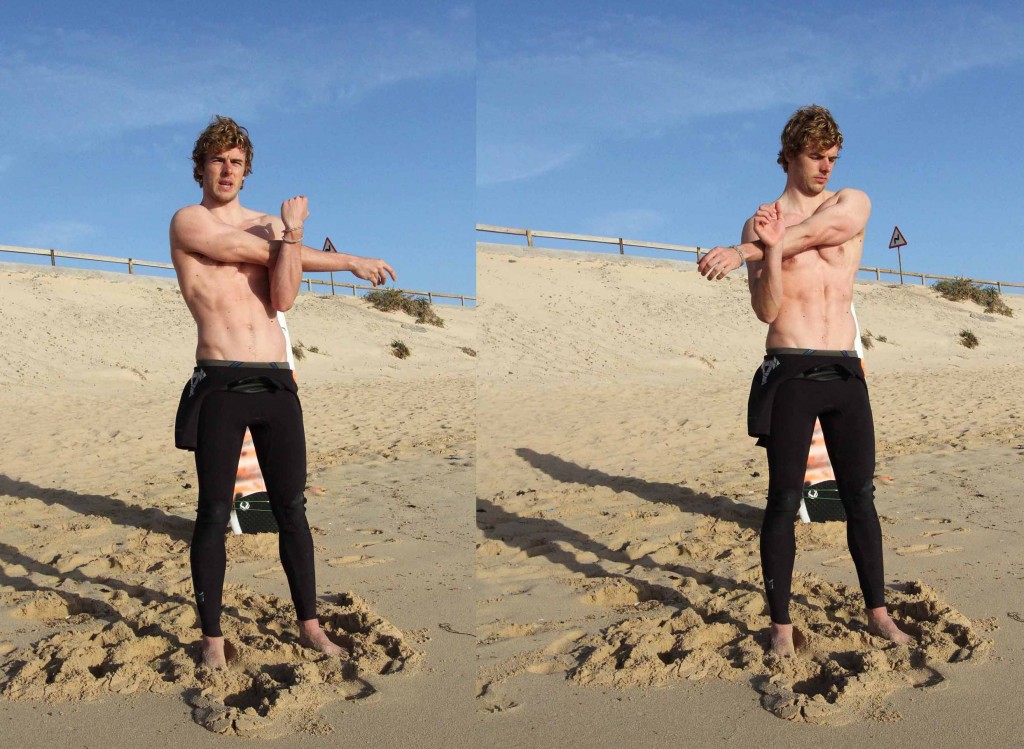
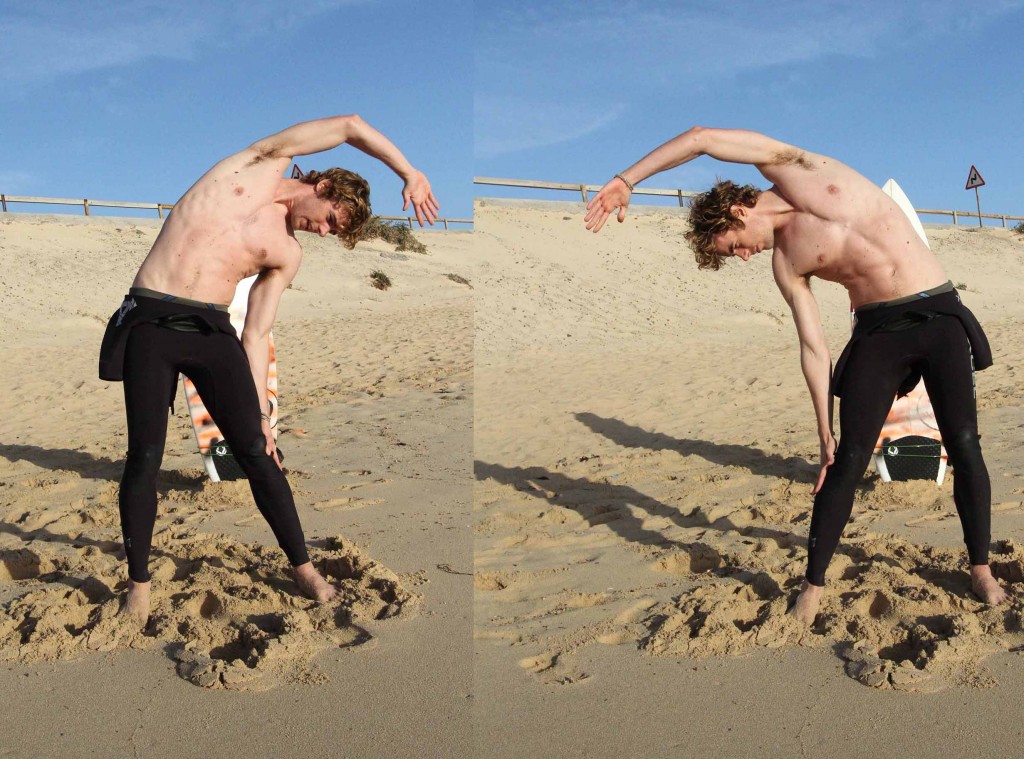
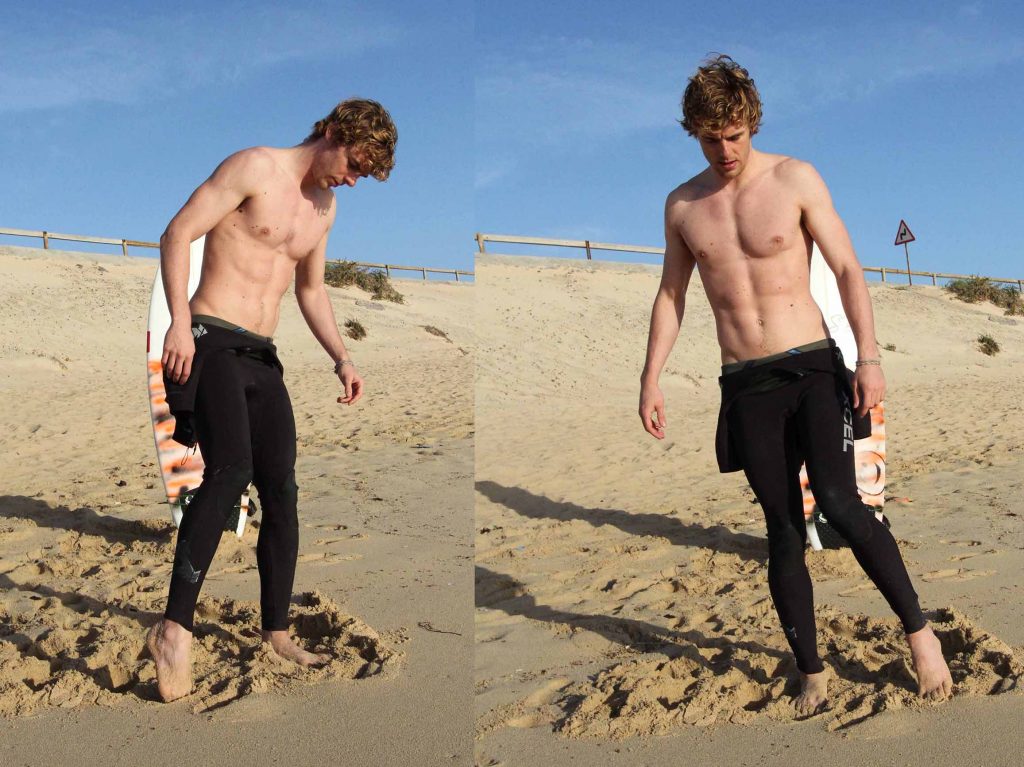
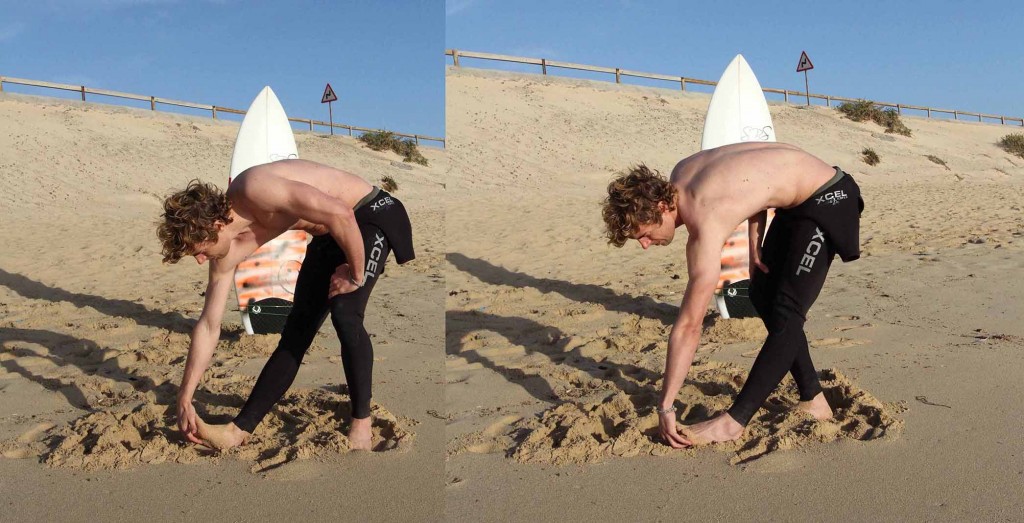
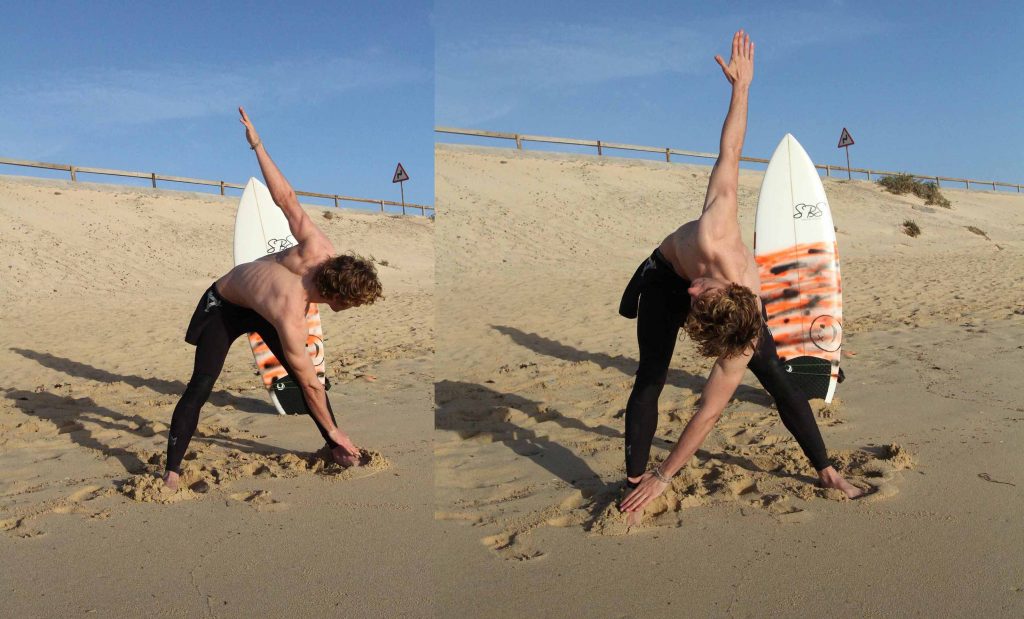
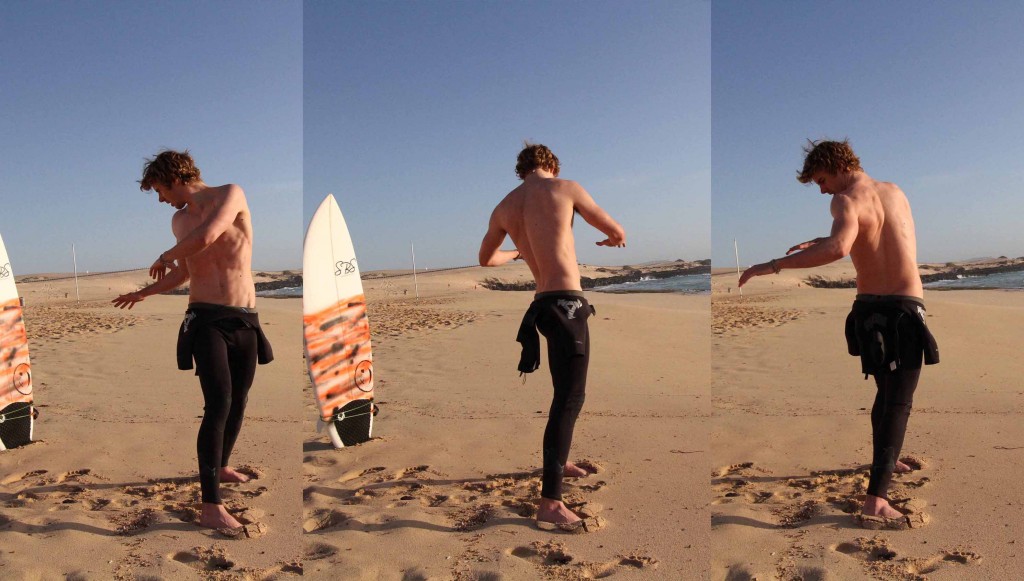
The page you requested could not be found. Try refining your search, or use the navigation above to locate the post.
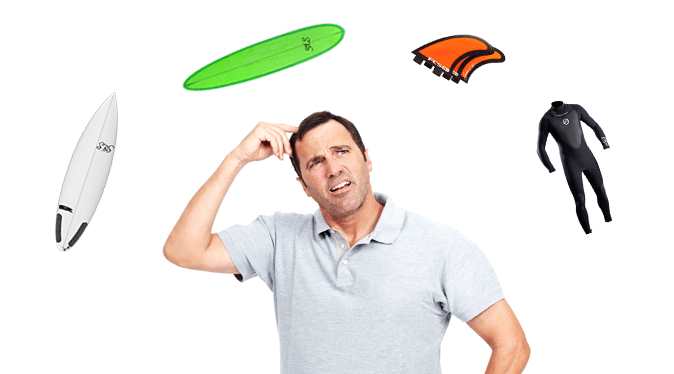

So you got the bug and you decided to buy your first surfboard you have a couple of goes and looking to make that first purchase and commit to the surfing life style, but what one to buy?, One of the most common questions asked by beginners. Whatever your level of surfing experience, is getting the right board for your skill level, this is crucial to you progression in surfing
Surfing is personal to everyone and with today’s ever increasing variety in choice of boards, styles and materials, It can be difficult to pinpoint your perfect board. Below we have given you a rough board guide to what boards would be suitable for your progression subject to personal interpretation, depending on how much you surf.
When buying a surfboard it’s always a good idea to try to get some expert advice either from a surf coach/instructor a local board shop or an experience friend as they will be able to gauge a better idea of you surfing level, local conditions and needs. This being said whenever buying a new board it good to keep in mind 3 key principles that will make a big difference to your surfing success
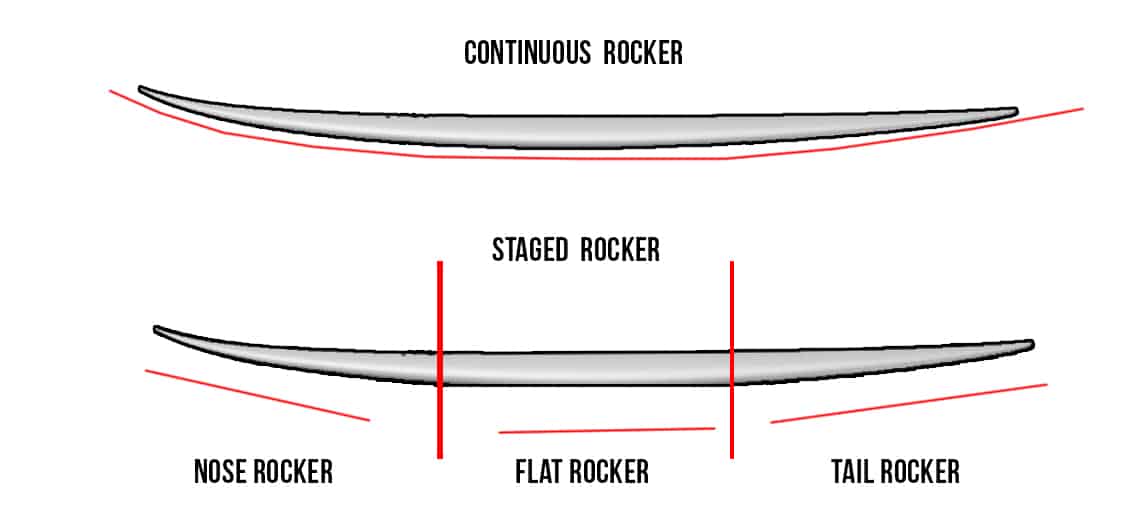
A higher or increased nose rocker is usually attributed to boards designed for bigger-more hallow waves. More rocker in the nose allows for a shape that will not “pearl” or plunge into a large, steep wave face when you dropping in were as a flatter more relaxed rocker will help the board to plane quicker and more efficiently, but it will reduce manoeuvrability and increase chance of pearling on take off.
Increased tail rocker can be found in boards shaped for optimal manoeuvrability. A tail that bends off of the water’s surface provides more lift and sensitivity in the tail for driving through radical turns.
Generally speaking, on your standard surfboard, less overall center rocker means the board will glide and paddle better and be more suitable for beginners. More rocker will accommodate intermediate and experienced surfers looking to use every area of the board in order to generate speed and turning power. Aggressive surfers may seek more rocker in their bigger wave boards because the curvature of the nose allows for late drops on consequential waves.
Volume: the amount of space a surfboard occupies, usually expressed in cubic litres (i.e., 35 CL’s). Basically, the surfboards [length x width x thickness] will yield the volume of a surfboard. However, the key to the placement of the volume, as well as the surfboard’s foil, affects the overall volume of a surfboard greatly.

Volume at its fundamentals can be displaced in a variety of ways in a surfboard e; a 6’6 good wave shortboard can easily have less volume than a 5’6 groveller surfboard. Knowing the right volume for you – a subjective combination of personal preference, body weight, experience, age, fitness, skill level, riding style, etc. – will ensure that you don’t buy a surfboard with too much or too little volume.
To get a rough guide on the volume you need check out our volume calculator
Too little volume on your board means you won’t catch as many waves and will have trouble generating speed this is because of increasing resistance (Drag). Too much volume means the board will feel bulky, hard to transition and turn. But will have less drag and be easier to paddle and catch waves as well as achieving planning speed with less velocity. The more drag you have, the less acceleration you’ll have. Surfers know this intuitively. How many waves have you paddles for and missed just barely, by a half stroke? With a little more volume and little less rocker to help with speed Imagine how many more waves you can catch.
Length of a surfboard is the distance from the nose to the tail of a board. Length can be hugely critical to a surfer’s progression as many beginners make the classic mistake of buying a board too short for them limiting their progression and success in surfing
A few other Considerations to think about when buying a board…
Durability– as a beginner you may hit things with your board or fall on it, so you want to make sure that your board is durable
Practicality will it fit in your car, do you have some were to store it
Manoeuvrability– being able to hold you board under your arm or on your hard and even the right weight can all affect manoeuvrability in and out of the water
Progression– if you’re lucky and are planning on surfing every day think about buying a board that you can progress with. Or if you’re going to surf 1-2 times a year think about a board that will allow you to have fun for in that time.
Fins – as a beginner 3 fins (thruster set up) or a single fins will be adequate also make sure that your fins match the fin boxed of your board i.e. (FCS, Future fins)
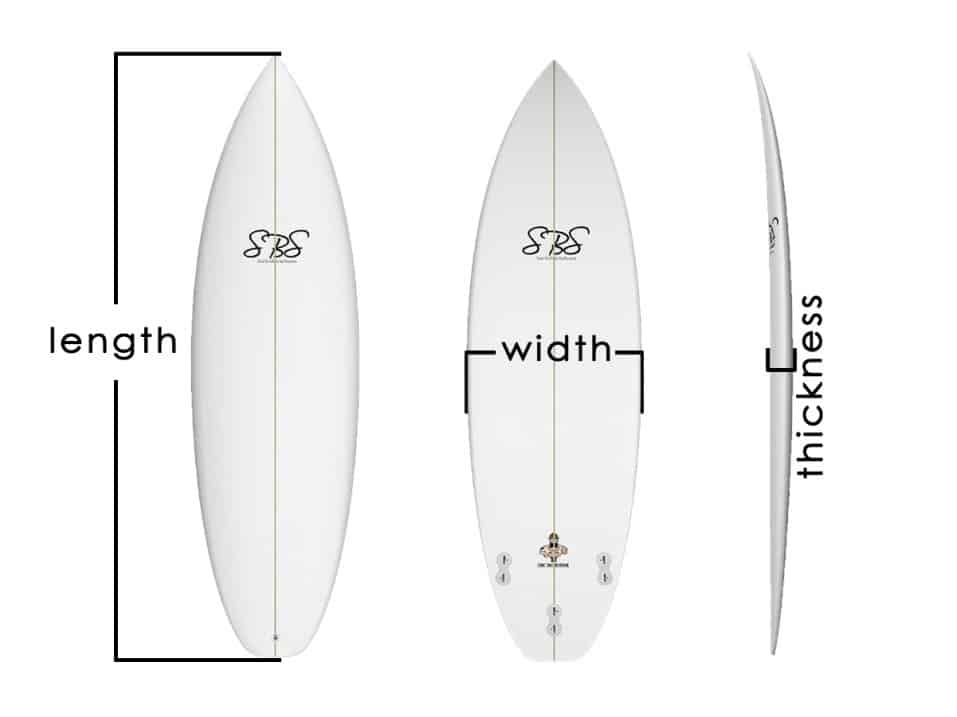
Length
This is pretty important between 6’8″ to 8 ft long as a beginner “depending on your height”. Try to keep it about a foot to a foot and a half taller than you.
Width
Wider the better. The wider the surfboard the more stable it will be the easier it will be to ride and stand, anything from 20 to 22 inches across, you want to be able sort of fit it underneath your arm, of course this won’t be possible if you got short arms.
Thickness This is important because the thicker the surfboard the more buoyant it is and it will be easier to paddle. Stay within 2-1/4 to 3 inches thick dependent on your weight.
If you are a small person then the thickness can be around 2 to 2 1/2 inches
If you are average size then go for something 2 1/2 to 2 3/4 inches.
If you are a big dude then 3 inches should float you.
Don’t get something to big and thick because then you will have a very hard time maneuvering it around.
Depending on you height weight and skill level you will want something with the following quality’s
A great first time beginner board would be either a “soft top” or a “mini mall” board.
Pros
Cons
Pros
Cons
Pros
Cons
Pros
Cons
Pros
Cons
Pros
Cons
Pros
Cons
Pros
Cons
Conclusion
So hopefully some of this information has helped you make a decision on what board is best for you. Surfing is a challenge for a lifetime so whether you have hundreds of board or just one. It all comes back to personal preference and the waves you going to be surfing. If you still unsure always good to seek local advice as they will be able to give you firsthand knowledge of the appropriate board to get for the conditions. Remember the more you practice the better you get the more choice will become available to you.